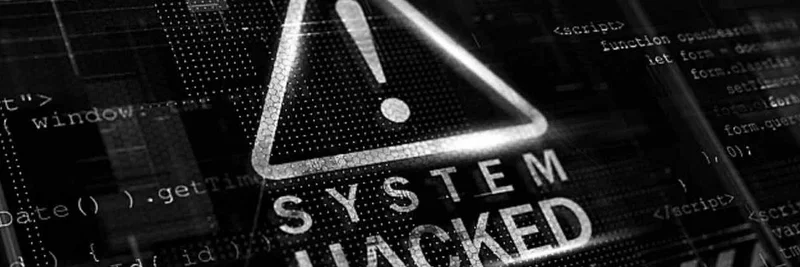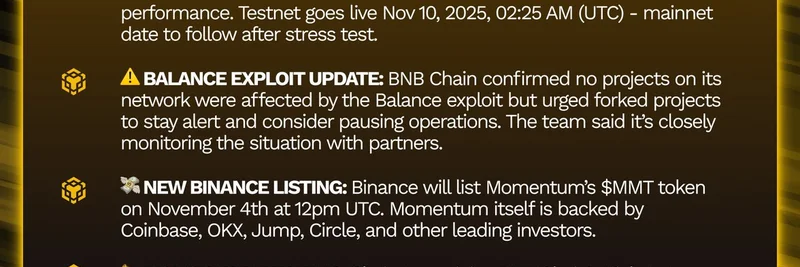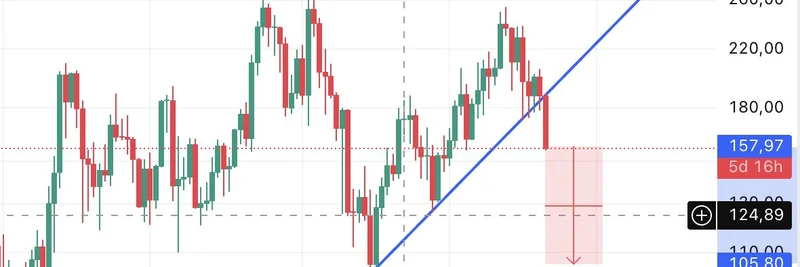Hey there, fellow crypto enthusiasts! If you're diving into the world of blockchain and meme tokens, you've probably heard of Ethereum – the powerhouse that's often called "Digital Platinum." Recently, BSCNews dropped a tweet highlighting their ultimate guide to Ethereum, explaining why it earns that shiny nickname. Let's break it down in a way that's easy to digest, especially if you're new to this space, and see how it all ties back to the meme token frenzy we love here at Meme Insider.
The tweet from BSCNews reads: "🔷 ETHEREUM $ETH - THE ULTIMATE GUIDE: Discover why the world's leading smart contract-enabled blockchain is rightly termed 'Digital Platinum'..." and links to their in-depth article on bsc.news. It's a timely share, especially with Ethereum's ongoing upgrades making waves in the crypto community. But why should meme token fans care? Well, Ethereum is the backbone for countless memes like PEPE and SHIB, providing the smart contract tech that lets these fun tokens thrive.
What Makes Ethereum the 'Digital Platinum'?
Ethereum isn't just another cryptocurrency; it's a full-fledged platform for building decentralized apps (dApps). Unlike Bitcoin, which is mainly a digital gold for storing value, Ethereum lets developers create self-executing contracts called smart contracts. These are like automated agreements that run without needing a middleman – think vending machines but for finance and fun stuff like memes.
Coined as "Digital Platinum" because of its versatility and value in the blockchain ecosystem, Ethereum processes billions in transactions daily and hosts thousands of applications. Its native token, ETH, is used for everything from paying fees to staking for network security.
A Quick History Lesson on Ethereum
Ethereum's story starts with Vitalik Buterin, a young visionary who published the whitepaper in 2013. He wanted a "world computer" where anyone could build programmable apps on blockchain. With co-founders like Charles Hoskinson and Gavin Wood, they launched the network in 2015 after raising $18 million in a crowd sale.
Key milestones include:
- 2016 DAO Hack: A major setback leading to a hard fork and the birth of Ethereum Classic.
- 2022 The Merge: Switched from energy-intensive proof-of-work to eco-friendly proof-of-stake, slashing energy use by over 99%.
- Recent Upgrades: Like Dencun in 2024 for cheaper Layer-2 transactions and Pectra in May 2025, which improved wallet features and staking limits.
These updates keep Ethereum evolving, making it faster and more efficient – perfect for the high-volume trades in meme token markets.
How Ethereum Actually Works
At its core, Ethereum uses proof-of-stake (PoS) for consensus. Instead of miners competing with hardware, validators stake ETH (at least 32 ETH, or join pools for less) to secure the network. Good behavior earns rewards; bad actions get "slashed." This makes the network super secure, with over a million validators as of August 2025.
Smart contracts run on the Ethereum Virtual Machine (EVM), a global computer that ensures every node agrees on outcomes. Gas fees cover computation costs – base fees get burned (reducing ETH supply), and tips go to validators. Staking yields are around 2-3% annually, adding to ETH's appeal as an investment.
Key Features and Upgrades Fueling Meme Token Growth
Ethereum's features shine in DeFi, NFTs, and DAOs – all hotspots for meme tokens:
- DeFi: Platforms like Uniswap let you swap meme tokens instantly without banks.
- NFTs: ERC-721 standards power meme-inspired art and collectibles.
- DAOs: Community governance for meme projects, like deciding on token burns or airdrops.
Upgrades like Pectra (May 2025) allow gas payments in any token and higher staking caps, while future ones aim for 100,000+ transactions per second via Layer-2 scaling. This scalability is crucial for meme tokens, which often see viral spikes in activity.
Pros and Cons for Meme Token Enthusiasts
Pros:
- Eco-friendly PoS reduces environmental impact.
- Massive ecosystem with over 4,000 dApps, including meme launchpads.
- Strong security from high staking requirements.
- Layer-2 solutions like Optimism and Arbitrum cut fees for quick meme trades.
Cons:
- Gas fees can spike during hype, making small meme buys expensive.
- Scalability issues persist, though upgrades are addressing them.
- Competition from faster chains like Solana for meme hosting.
Despite these, Ethereum's network effects keep it dominant for blue-chip memes.
Getting Started: How to Buy ETH for Your Meme Adventures
To jump in, buy ETH on exchanges like Binance or Coinbase, then transfer to a wallet like MetaMask. From there, you can stake, swap for memes, or participate in DeFi. Always do your own research – meme tokens are volatile!
Wrapping Up: Why Ethereum Matters for Meme Tokens
Ethereum's guide from BSCNews reminds us why this blockchain is foundational. As "Digital Platinum," it provides the secure, programmable base for the wild world of meme tokens. Whether you're trading PEPE or building the next viral sensation, understanding ETH is key. Stay tuned to Meme Insider for more insights on how blockchains like Ethereum fuel the meme economy.
If you've got thoughts on Ethereum's role in memes, drop them in the comments below! 🚀




